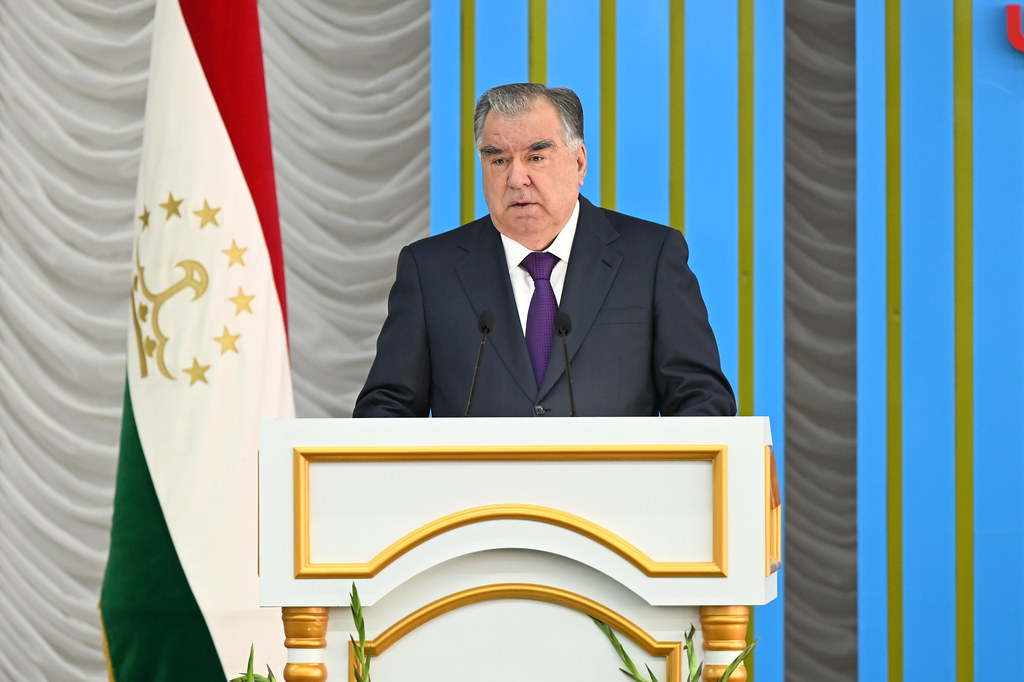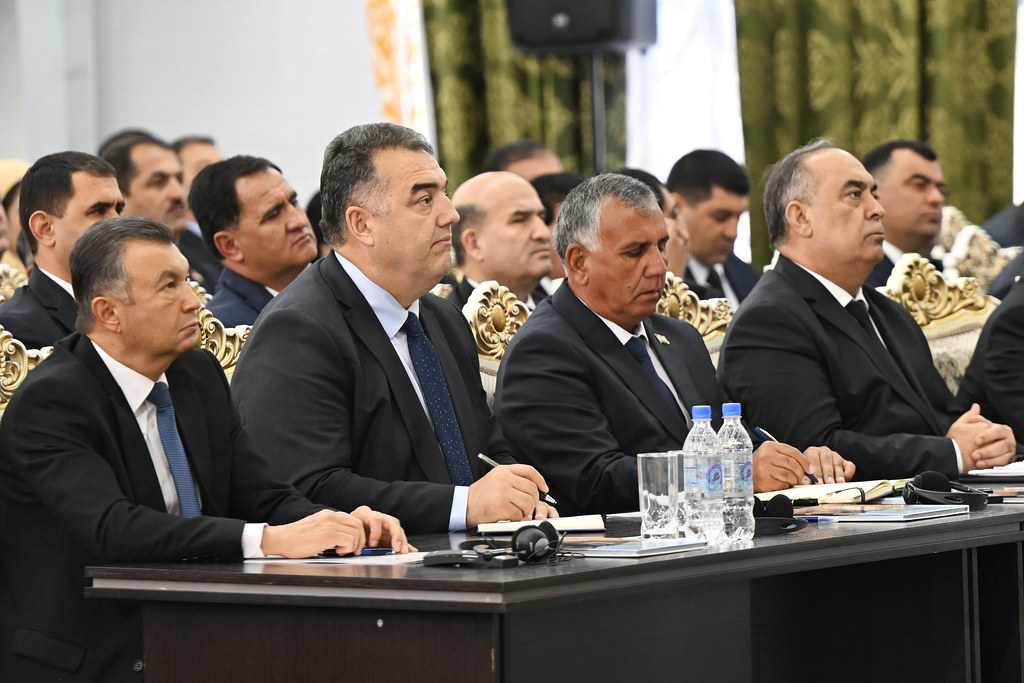Tajikistan's President Emomali Rahmon announced that negotiations are nearing completion with the World Bank for a $650mn grant and with the Asian Infrastructure Investment Bank for a $500mn loan for the Rogun hydropower plant project. Additionally, prior agreements have been established for preferential lending with the Islamic Development Bank for $150mn and the Saudi Fund for Development for $100mn.

Furthermore, development funds from Arab sources, including the OPEC Fund, Kuwait Fund, and Abu Dhabi Fund, have allocated an additional $100mn. Ongoing discussions are also taking place with the Asian Development Bank and the European Investment Bank to secure further grants and loans.
From 2008 to 2024, Tajikistan has allocated over TJS 42.5bn (around $3.8bn) from its state budget and other sources for the construction of the Rogun hydropower plant. Rahmon noted that the facility plays a critical role in achieving energy independence and fostering economic growth. Since the first two units commenced operations in 2018, the plant has produced 7.5 bn kilowatt-hours of electricity. Currently, more than 17,000 workers and engineers are employed in the project, and this number is projected to increase.

The president stressed the necessity of maintaining the construction schedule, with the next hydro unit's installation expected in the fall of 2026. The Rogun hydropower plant, situated 110 kilometres east of Dushanbe, is recognized as one of Central Asia’s largest hydropower initiatives. Upon completion, it is set to be the highest dam globally, standing at 335 meters.
Construction of the Rogun project began in 1976 but was suspended after the dissolution of the USSR. Work resumed in 2016, and the facility currently operates two turbines. The final design will include six turbines with a total capacity of 3,600 MW, with an annual electricity generation capacity of approximately 17.1 TWh.
In addition to its energy production capabilities, the project aims to mitigate water supply issues. The reservoir will provide irrigation for 300,000 hectares of land and help reduce sedimentation at the downstream Nurek Hydropower Plant. A portion of the electricity generated is intended for export to neighbouring countries, further enhancing regional energy collaboration.
Follow Daryo's official Instagram and Twitter pages to keep current on world news.
Comments (0)